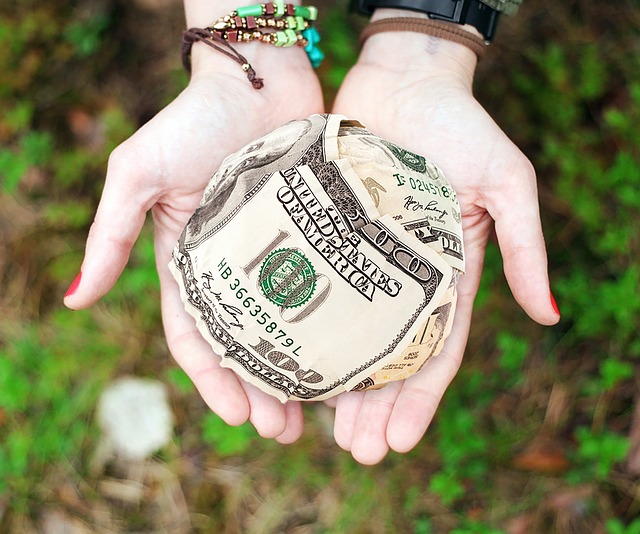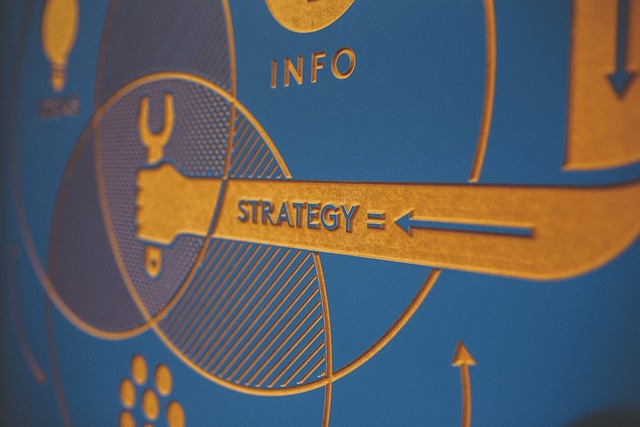How to Use AI in Nonprofits for Fundraising and Outreach? In today’s fast-paced digital world, nonprofits are increasingly adopting artificial intelligence (AI) to revolutionize their fundraising and outreach strategies. AI-powered tools offer nonprofit organizations the ability to enhance donor engagement, optimize marketing campaigns, and drive more effective outreach programs. Whether it’s predictive analytics for fundraising, personalized marketing strategies, or automating donor communications, AI has a transformative role to play in charity work. Nonprofits can leverage machine learning and AI-driven insights to not only boost donations but also streamline their operations, ensuring their resources are directed towards their missions more effectively.
Artificial Intelligence for Nonprofits
AI for nonprofits is becoming more than just a trend; it’s a vital tool that can significantly improve operations, donor engagement, and fundraising efforts. Organizations that implement AI solutions can automate time-consuming tasks, create more personalized donor interactions, and make data-driven decisions that enhance their fundraising campaigns. Machine learning, predictive analytics, and natural language processing are just a few examples of the technologies nonprofits are utilizing to optimize their impact.
AI-Powered Fundraising Tools
One of the most powerful uses of AI in nonprofits is its application in fundraising efforts. AI-powered fundraising tools can analyze donor data to predict giving patterns, helping organizations target the right donors at the right time. With machine learning algorithms, these tools can suggest the best time to approach a donor for a campaign or provide insights into which individuals are most likely to respond positively to a donation request. By implementing AI-powered tools, nonprofits can maximize their fundraising potential while minimizing the guesswork involved in donor engagement.
AI also plays a key role in simplifying donation processes by offering automated payment systems and intelligent interfaces that streamline donations. These systems ensure a smooth and efficient donation experience for donors, increasing the likelihood of repeat contributions.
Predictive Analytics for Fundraising
Predictive analytics is one of the most impactful ways AI can enhance nonprofit fundraising. By analyzing historical donation data, AI tools can identify patterns and predict future giving behaviors, allowing nonprofits to focus their resources on the most promising donors. These insights can be used to create personalized fundraising strategies that target individuals based on their past donation history, interests, and preferences.
For example, AI can help determine which donors are likely to contribute larger sums or which donor segments are more responsive to specific types of campaigns. With this valuable information, nonprofits can craft tailored campaigns that resonate with their audience, improving both engagement and overall fundraising outcomes.
Automated Donor Engagement
Building and maintaining strong relationships with donors is essential for any nonprofit. However, managing a large database of donors can be overwhelming. This is where AI-driven automation tools come in. By using AI to automate donor engagement, nonprofits can maintain consistent communication without requiring constant manual effort.
AI-powered chatbots and automated email systems can send personalized messages, updates on how donations are being used, and reminders about upcoming campaigns. These tools ensure that donors feel valued and informed, fostering long-term relationships and increasing the likelihood of future donations.
Donor Analytics with AI
Donor analytics using AI enables nonprofits to better understand their supporters. By analyzing donor behavior and preferences, AI tools can provide valuable insights into what motivates people to give and how organizations can better serve their donor base.
AI-powered analytics can assess various donor metrics, such as donation frequency, donation amounts, and engagement levels with campaigns. By understanding these patterns, nonprofits can segment their donor lists more effectively, creating targeted outreach that appeals to each group’s specific interests.
AI-Driven Social Media Campaigns
Social media has become a crucial platform for nonprofits to raise awareness, engage with their audience, and solicit donations. With AI, nonprofits can optimize their social media campaigns to achieve better results. AI algorithms can analyze engagement data across different social platforms to identify the types of content that resonate most with followers.
Moreover, machine learning tools can automate social media posts, ensuring that campaigns are launched at optimal times and tailored to the preferences of followers. AI can also help track the success of social media efforts in real-time, allowing organizations to adjust their strategies as needed for maximum impact.
Personalized Marketing for Nonprofits
In today’s digital age, personalized marketing is key to building meaningful connections with donors. AI enables nonprofits to craft highly personalized campaigns that speak directly to their target audience. Through data analysis, AI can identify donor preferences, past donation behavior, and areas of interest, allowing nonprofits to create tailored messages and offers.
For instance, an AI system might identify a donor’s interest in environmental conservation, prompting the nonprofit to send updates on relevant projects or invite them to specific fundraising events. Personalized marketing ensures that donors feel like their contributions are making a tangible difference, which can increase engagement and loyalty.
Chatbots for Nonprofit Outreach
AI-powered chatbots are transforming how nonprofits interact with potential donors and supporters. These virtual assistants can be embedded on nonprofit websites, social media pages, and donation portals to provide instant responses to questions, direct users to resources, and even help guide them through the donation process.
Chatbots can work 24/7, providing immediate assistance to anyone visiting the nonprofit’s site, regardless of time zone. This immediate response time helps to build trust with potential donors and improves the user experience, making it more likely that people will engage with the organization and contribute to its cause.
Grant Writing Assistance with AI
Another application of AI in nonprofits is assisting with the often tedious and time-consuming task of grant writing. AI tools can analyze past successful grant applications, identify key elements, and even generate drafts based on the requirements of the grant being applied for. By streamlining the grant writing process, nonprofits can focus more on other aspects of their mission while still increasing their chances of receiving funding.
AI can also help track grant deadlines, requirements, and funding opportunities, ensuring that nonprofits never miss out on a potential source of funding.
Strategic Planning for Nonprofits Using AI
Strategic planning is essential for nonprofit organizations to remain focused and efficient. AI tools can help in this area by analyzing past data, current trends, and external factors that could impact the nonprofit’s mission. By utilizing machine learning algorithms, nonprofits can make data-driven decisions about future initiatives, identify potential risks, and measure progress toward their goals.
AI can also aid in optimizing the allocation of resources, ensuring that funds and efforts are being used in the most effective way possible. By leveraging AI, nonprofits can become more agile and proactive in their strategies, responding quickly to challenges and opportunities.
Measuring Nonprofit Impact with AI
As nonprofits are increasingly being held accountable for their impact, AI tools can play a crucial role in measuring and assessing the effectiveness of their programs. By analyzing data from various sources, AI can track the outcomes of specific initiatives and provide real-time feedback on their success.
AI-driven tools can also help nonprofits predict the long-term impact of their efforts, allowing organizations to adjust their strategies for maximum effectiveness. With AI, nonprofits can showcase their results in a more compelling and data-driven way, building trust with donors, partners, and the community.
Data Visualization Tools for Nonprofits
Data visualization tools powered by AI help nonprofits present their impact and progress in a clear and visually appealing way. These tools can transform complex data into easily digestible charts, graphs, and reports that help donors, stakeholders, and team members understand the organization’s achievements.
Visual storytelling is an effective way to communicate a nonprofit’s mission and the difference it’s making. With AI-driven data visualization, nonprofits can showcase their successes and challenges in a way that is both informative and engaging.
Conclusion
AI has opened up a world of possibilities for nonprofits, enabling them to raise funds more effectively, engage donors in meaningful ways, and optimize outreach campaigns. By implementing AI-powered tools and strategies, nonprofit organizations can create personalized experiences for donors, improve their fundraising efforts, and streamline their operations. Whether it’s through predictive analytics, automated donor engagement, or AI-driven marketing, nonprofits have the opportunity to harness the power of AI to make a lasting impact in the world. As the technology continues to evolve, nonprofits will only find more innovative ways to leverage AI to further their missions and achieve their goals.






